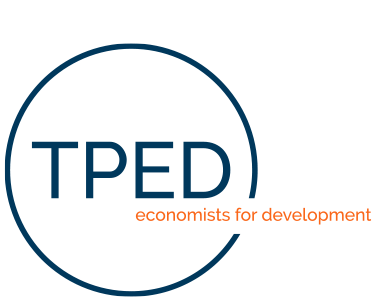The tax challenges of the digitalisation of the economy were identified as one of the main areas of focus of the Base Erosion and Profit Shifting (BEPS) Action Plan.
In light of the high stakes and the need for a clear direction, the OECD Secretariat has developed a “Unified Approach” which is outlined in the document named “Secretariat Proposal for a Unified Approach under Pillar One”.
The proposed approach consists of a three tier profit allocation mechanism, as follows:
- Amount A – a share of deemed residual profit allocated to market jurisdictions using a formulaic approach, i.e. the new taxing right;
- Amount B – a fixed remuneration for baseline marketing and distribution functions that take place in the market jurisdiction; and
- Amount C – binding and effective dispute prevention and resolution mechanisms relating to all elements of the proposal, including any additional profit where in-country functions exceed the baseline activity compensated under Amount B.
We at TPED see a direct link between the research we currently undertake within TPED’s Comparability Research Project and the question 6.b asked by the Secretariat, asking for considerations on the design and determination of Amount B: “Given the large number of tax disputes related to distribution functions, Amount B of the “Unified Approach” seeks to explore the possibility of using fixed remunerations, reflecting an assumed baseline activity. What challenges and opportunities does this approach offer in terms of simplification and prevention of dispute resolution? In particular, please consider any design aspects and existing country practices that could inform the design of Amount B, including […] a determination of the quantum of the return (e.g., single fixed percentage; a fixed percentage that varied by industry and/or region; or some other agreed method)”.
Our response to the OECD call for comment aims at assisting the Secretariat in determining the research question that should be framed and answered, for the purpose of the design and determination of Amount B. Our response starts with what we believe should be the key agreed underlying principles and assumptions of the design and determination of Amount B. We then tentatively frame a research question and subsequently suggest a proposed procedure, including statistical tests on empirical data, to answer to the research question.
Authors of the Response on behalf of TPED are: Sébastien, Bert, Christof, Matthias.

